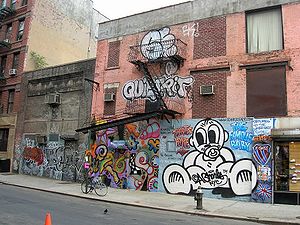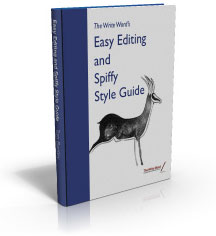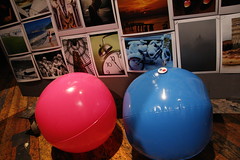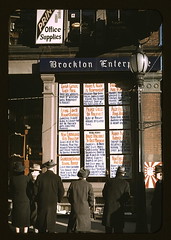Are your readers looking at your site but not clicking or buying? If not, you may need a “call to action.” What’s a call to action? Read on to find out, get some call to action examples, and learn how they work.
The best call to action
It may sound silly, or obvious, but if you really want people to do something you need to ask them first. It’s what copywriters call a “call to action.”
It’s simply a request to do something. It could be trying to get a reader to download a pdf, buy a product, or subscribe to your newsletter.
You can spend a lot of time and effort tweaking your calls to action to see which works best. The first rule, however, is simply to have one.
Why calls to action are important
Because they ask someone do do something. And, oddly, if you don’t ask, you don’t get.
It’s not necessary to be pushy, just clear and obvious. The goal is to encourage people to click (or call, or mail back a response).
You’ve gone through a lot of trouble to write an irresistible headline, outline the benefits of your service, and make an offer they can’t refuse. But, it will all be wasted without a call to action.
Call to action examples
“Ask for a free quote today”
“Join Now”
“Start My Free Trial”
“Start Now”
“Download Demo”
“Sign Up Here”
or even the much maligned “Click here” (which, incidentally, works really well for people, even if search spiders don’t like it).
Be clear about what people should do
For example, tell them exactly what to do (click here), explain what will happen next (your download will start), and stress the importance of doing it right now (not two days from now).
Your readers are busy, possibly a little nervous (will this work? will downloading hurt my computer?), and easily distracted. Get them to act quickly – before Joe from accounting comes over with a question about last month’s timesheets.
Test your calls to action
Don’t just stick with one. Try different variations and test them against each other to see which works best. You can use Google’s Website Optimizer (free) to do this.
Test the colors, size, position on the page, or wording. See which gets more clicks.
Using more than one button? For example, you might have a subscribe button as well as a read more button. Make the subscribe button bigger or a different color than the other buttons on your site. It’s the most important action to take and you want to make sure it stands out.





